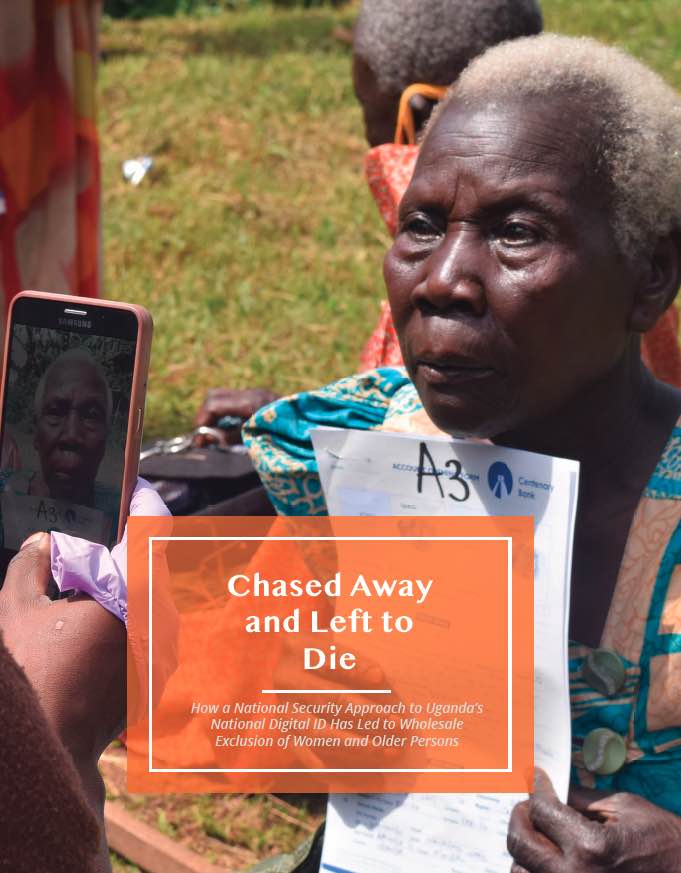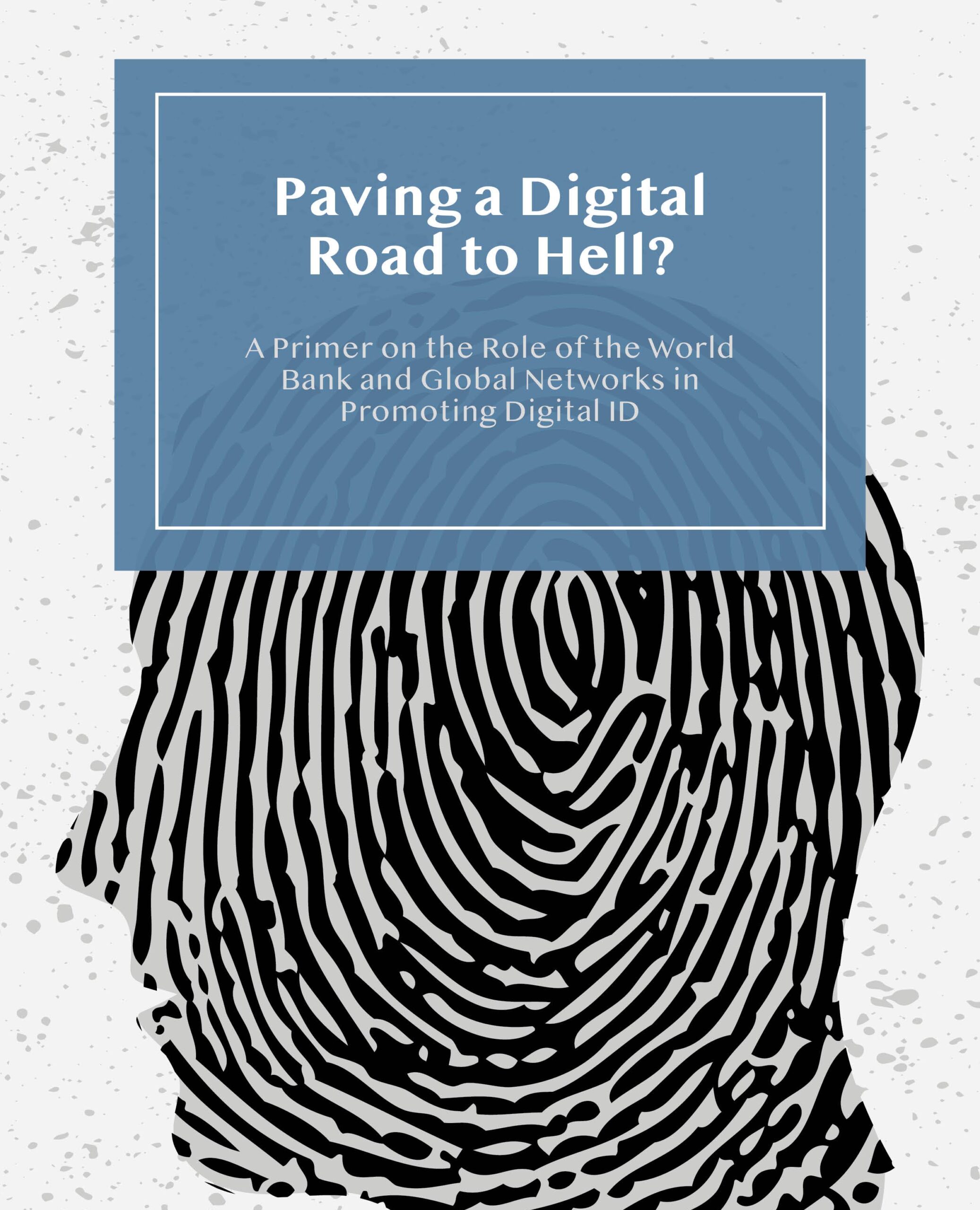TECHNOLOGY & HUMAN RIGHTS
India’s New National Digital Health Mission: A Trojan Horse for Privatization
Through the national Digital Health ID, India’s Modi government is implementing techno-solutionist and market-based reforms to further entrench the centrality of the private sector in healthcare. This has serious consequences for all Indians, but most of all, for its vulnerable populations.
On August 15, 2021, India’s Prime Minister Narendra Modi launched the National Digital Health Mission (NDHM), under which every Indian citizen is to be provided with a unique digital health ID. This ID will contain patients’ health records—including prescriptions, diagnostic reports, and medical histories—and will enable easy access for both patients and health service providers. The aim of the NDHM is to allow patients to seamlessly switch between health service providers by facilitating their access to patients’ health data and enabling insurance providers to quickly verify and process claims. Accessible registries of health master data will also be created. But this digital health ID program is emblematic of a larger problem in India—the government’s steady withdrawal from healthcare, both as welfare and as a public service.
The digital health ID is a crucial part of Modi’s plans to create a new digital health infrastructure called the National Health Stack. This will form the health component of the existing India Stack, which is defined as “a set of digital public goods” that are intended to make it easy for innovators to introduce digital services in India across different sectors. The India Stack is built on the existing foundational user-base provided by Aadhaar digital ID numbers. A “Unified Health Interface” will be created as a digital platform to manage healthcare-related transactions. It will be administered by the National Health Authority (NHA), which is also responsible for administering the flagship public health insurance scheme, the Ayushman Bharat Pradhan Mantri Jan Arogya Yojana (AB-PMJAY), providing health coverage for around 500 million poor Indians.
The Modi government proclaims that the NDHM and digital health ID will revolutionize the Indian healthcare system through technology-driven solutions. But this glosses over the government’s real motive, which is to incentivize the private sector to participate in and rescue India’s ailing healthcare system. Rather than invest more funds in public health infrastructure, the Indian government has decided to outsource healthcare services to private healthcare providers and insurance companies, using access to vast troves of health data as the proverbial carrot.
Indeed, the benefits of the NDHM for the private healthcare sector are numerous. It will provide valuable, interoperable data in the form of “health registries” which link data silos and act as a “single source of truth” for all healthcare stakeholders. This will enable quicker processing of claims and payments to health service providers. In an op-ed lauding the NDHM, the head of a major Indian hospital chain noted that the NDHM will “reduce administrative burden related to doctor onboarding, regulatory approvals and renewals, and hospital or payer empanelment.”
The government appears to have learned its lessons from the implementation of the AB-PMJAY, which allowed people below the poverty line to purchase healthcare services through state-funded health insurance. Although the scheme included both private and public hospitals, it relied heavily on private hospitals, as public hospitals lacked sufficient facilities. However, not enough private hospitals onboarded because rates were non-competitive as compared to the market, and because the scheme was plagued by long delays in insurance payments and insurance fraud. But, instead of building up public healthcare and reducing dependency on the private sector, the government is eager to fix this problem by providing better incentives to private providers through the NDHM.
Meanwhile, it is unclear what the benefits to the public will be. Digitizing the healthcare system and making it easier for insurance companies to pay private hospitals for services does not solve more urgent and serious problems, such as the lack of healthcare facilities in rural areas. The COVID-19 pandemic saw public hospitals playing a dominant role in treatment and vaccination, while private hospitals took a backseat. Given this, increasing the reliance placed on the private healthcare system through the NDHM is counterintuitive.
This growing reliance on the private sector is also likely to further disadvantage people living in poverty. The lack of suitable government hospitals forces people into private hospitals, and they are often required to pay more than the amount covered by the government-funded AB-PMJAY. Further, India’s National Human Rights Commission has taken the position that denial of care by private service providers is outside its ambit, notwithstanding their enrollment into state-funded insurance schemes like AB-PMJAY. Also, as the digital health ID will enable insurance companies’ access to sensitive health data, they may deny insurance or charge higher premiums to those most in need, thereby further entrenching discrimination and inequalities. Getting coverage with a genetic disorder, for instance, is already extremely difficult in India, something a digital health ID could worsen because insurance companies could access this information, rendering premiums prohibitively expensive for millions who need it. Digitization also renders highly-personal health records susceptible to breaches: such privacy concerns led many persons living with HIV to drop out of treatment programs when antiretroviral therapy centers began collecting Aadhaar details from patients.
Not having a digital health ID could lead to exclusion from vital healthcare. This is not a hypothetical. The government had to issue a clarification that no one should be denied COVID-19 vaccines or oxygen for lack of Aadhaar after numerous concerning reports, including allegations that a patient died after two hospitals demanded Aadhaar details which he did not have.
Nonetheless, plans are speeding ahead as the “usual suspects” of India’s techno-solutionist projects turn their efforts to healthcare. RS Sharma, the ex-Director General of the government agency responsible for Aadhaar, is the current CEO of the NHA. The National Health Stack was reportedly developed in consultation with i-SPIRT, a group of so-called “volunteers” with private sector backgrounds who act as a go-between between the Indian government and the tech sector and played a vital role in embedding Aadhaar in society through private companies. A committee set up to examine the merits of the National Health Stack was headed by another former UIDAI chairman.
Steered by individuals with an endless faith in the power of technology and in the private sector’s entrepreneurial drive to save the Indian government and governance, India is determinedly marching forward with its technology-driven and market-based reforms in public services and welfare. This is all underlined by a heavy tendency towards privatization and is in turn inspired by the private sector. The NDHM, for instance, is guided by the tagline “Think Big, Start Small, Scale Fast,” a business philosophy for start-ups.
Perhaps most concerningly, the neoliberal withdrawal of government from crucial public services to make space for the private sector has resulted in the rationing of those goods and services, with fewer people having access to them. Having a digital health ID is not likely to change this for India’s health sector, and is allowing for this privatization by stealth.
December 14, 2021. Sharngan Aravindakshan, LL.M. program, NYU School of Law; Human Rights Scholar with the Digital Welfare State & Human Rights Project in 2021-22. He previously worked for the Centre for Communication Governance in India.




